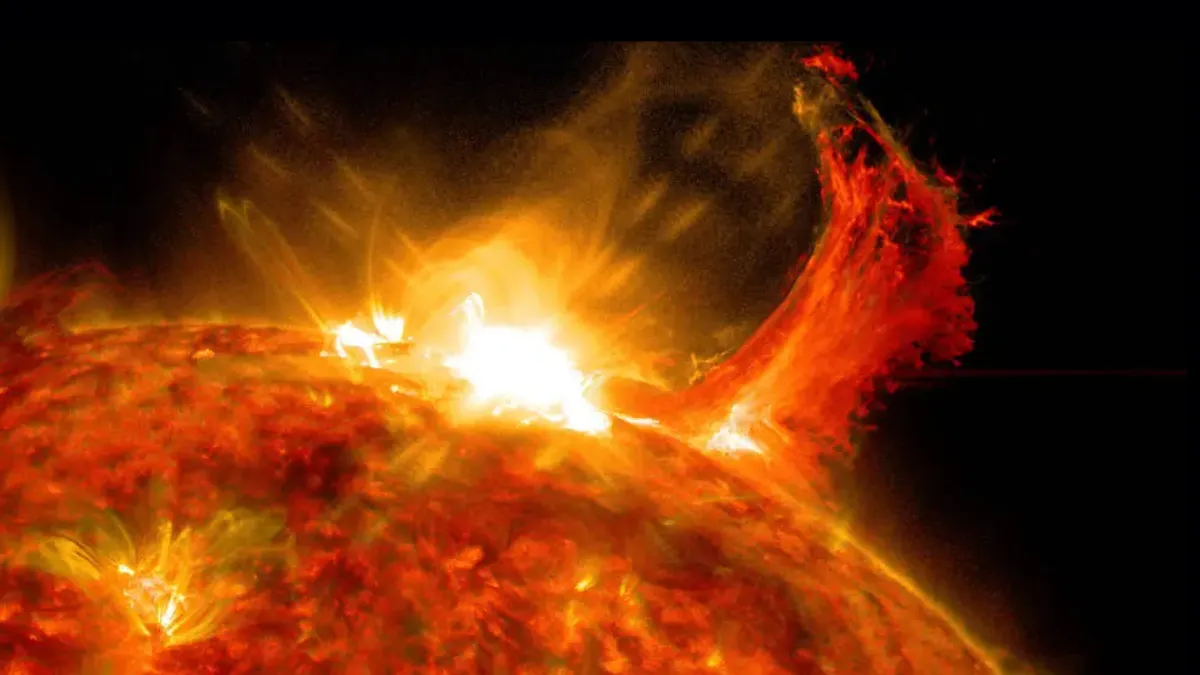
Artificial Intelligence Can Predict Solar Storms with Precision
People view the Sun as static but scientists recognize it functions as an unsteady plasma body influenced by its magnetic force field. The Sun produces strong solar events through its unstable state which leads to coronal mass ejections (CMEs) which are massive plasma bursts able to disrupt Earth’s functioning. Until recently, predicting these events with high accuracy has been a challenge, but artificial intelligence is changing the game.
A groundbreaking study led by Sabrina Guastavino from the University of Genoa has demonstrated how artificial intelligence can predict solar storms with remarkable precision. Artificial intelligence technology now reveals previously unknown patterns in solar activity data from years past through machine learning model analyses.
Understanding Solar Storms and CMEs
Coronal Mass Ejections represent massive elevations of plasma and magnetic energy which escape from the Sun when it releases energy through its corona. Magnetic field lines on the Sun suddenly realign which causes the release of enormous energy into outer space. These CMEs generate speeds that reach thousands of kilometers per second and occasionally they arrive at Earth within twenty-four hours.
Earth’s magnetosphere experiences geomagnetic storms after CMEs make contact with it. The storms interrupt both satellite connections and GPS transmissions as they damage power supply networks too. Auroras generate enchanting displays of northern and southern lights following positive interactions between space weather events and Earth’s magnetosphere.
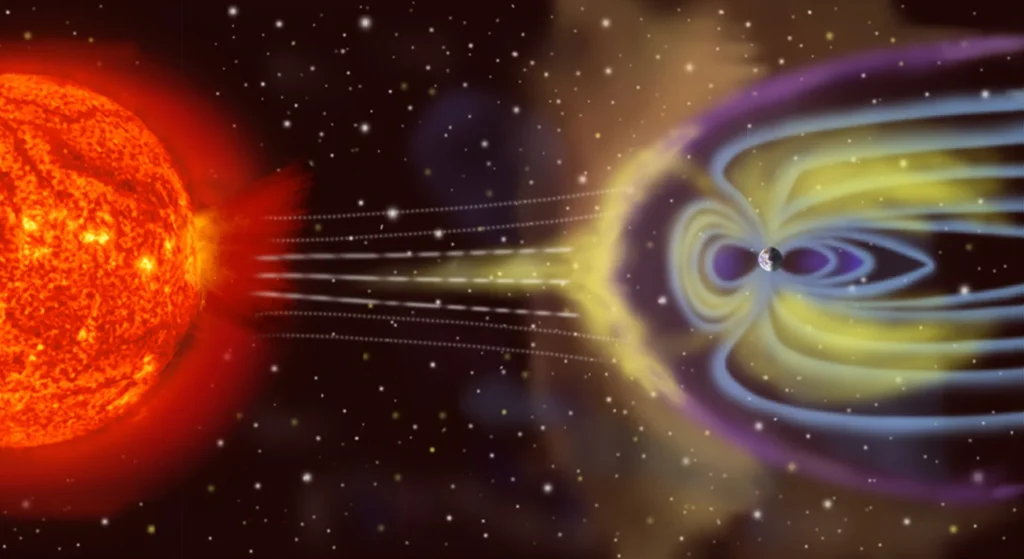
How Artificial Intelligence Is Transforming Predictions
Accurately forecasting solar storms has long been a challenge for astronomers, but artificial intelligence offers a breakthrough. Scientists developed machine learning technology by teaching algorithms with solar data from the past for their May 2024 solar storm analysis. The team worked to develop predictions for solar flares as well as CMEs and their resulting effects on the magnetosphere of Earth.
The results were astonishing. Artificial intelligence models reached high accuracy levels through their advanced power enabling smaller uncertainties than typical forecasting methods. The technology successfully identified when CMEs appeared along with their speed variations and their effects on geomagnetic storms on Earth.
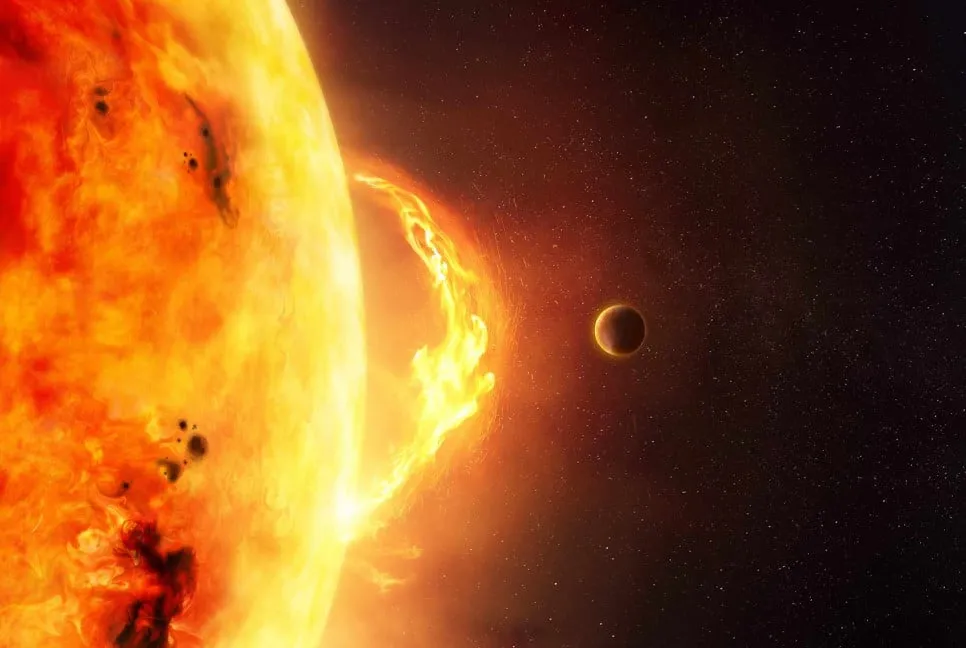
The Benefits of AI in Space Weather Forecasting
The advanced forecasting technologies stretching from scientific laboratories into practical applications exceeds ordinary scientific breakthroughs. Turbulent geomagnetic storms present threats to power grids and result in satellite malfunctions as well as full communication breakdowns.
With artificial intelligence, we now have a tool that can provide earlier and more reliable warnings, allowing governments and industries to take preventive measures. Additionally, for those who love sky-watching, artificial intelligence can also improve aurora forecasts. Better accuracy in northern and southern light observations becomes attainable through this artificial intelligence development.
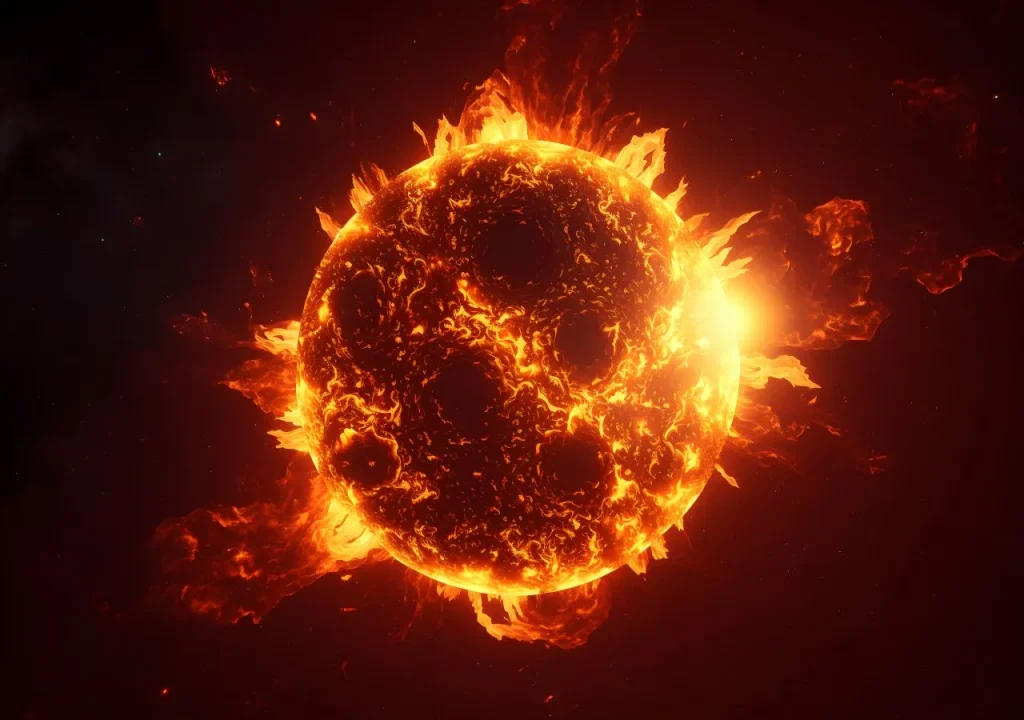
A Step Forward for Space Science
The May 2024 event provided a valuable testing ground for the capabilities of artificial intelligence. An X8.7-class solar flare together with other storm components acted as genuine input data for AI models to analyze. Data evaluation utilizing the algorithms revealed previously undetectable patterns which allowed scientists to launch an innovative next generation of space weather prediction capabilities.
Modern technology demonstrates its worth when used in combination with scientific data collected over decades. Research in AI has unfolded new abilities to study the universe while developing stronger defenses against space threats because AI applications keep emerging to support astronomy and other fields.
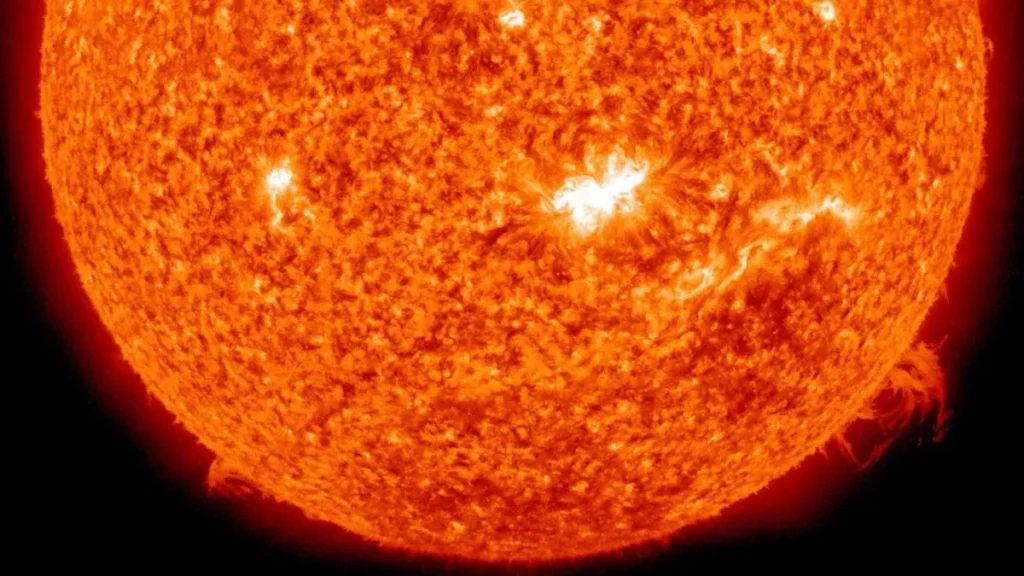
Final Thought
The use of artificial intelligence in predicting solar storms marks a significant step forward in space weather forecasting. The innovative technology decreases uncertainty and establishes advanced notice which protects Earth from geomagnetic storm disturbances.
Future space science research shows great promise because we constantly work to enhance AI models. Whether it’s safeguarding infrastructure or enjoying the beauty of auroras, artificial intelligence is proving to be an invaluable tool in understanding and responding to the Sun’s powerful outbursts.



